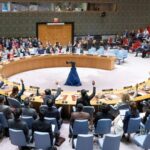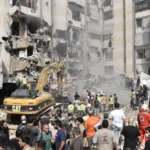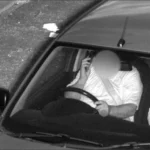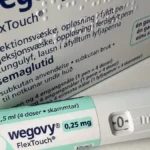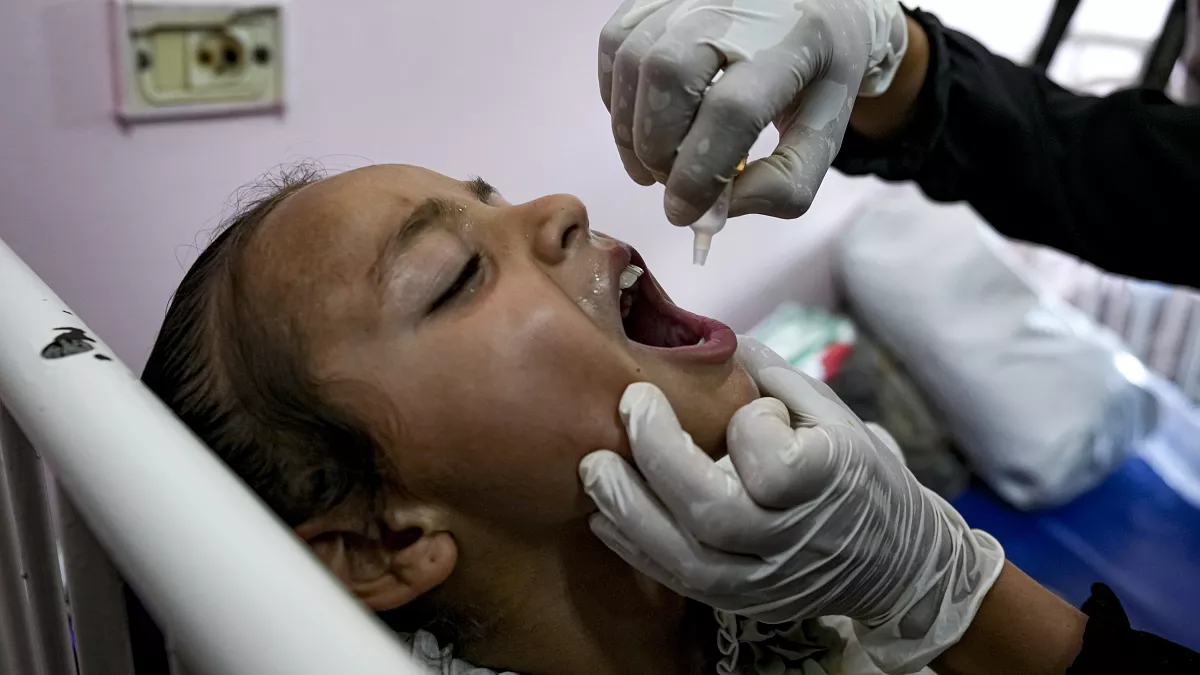In an important health program during the war, agencies distributing aid in Gaza vaccinated more than 1.1 million children within that territory against polio, or 90 per cent of the target population. The Israeli military and international health agencies spearheaded the campaign to immunize Gaza’s entire children population. However, due to continued military operations, the campaign remained constrained by the localized restrictions in the north.
Overview of the Vaccination Campaign
The Gaza health authority initiated a polio vaccination campaign on September 1 following the confirmation of the first case of polio in the Strip in 25 years—the child with partial paralysis. Just hours after that, the authorities flocked to contain other outbreaks. The campaign is targeting two doses of the polio vaccine for each child and has so far targeted large parts of the Gaza population.
The campaign involved 1,107,541 in total doses and was distributed geographically as follows: 211,170 in northern Gaza, 379,361 in central Gaza, and 517,070 in the south. Although some access challenges were encountered, this campaign reached most of the target population.
Challenges in Northern Gaza
The northern Gaza area, especially in and around Gaza City, presented a different situation. Due to the humanitarian pause, there was less access to this area, meaning aid teams could not reach all the targeted children. According to WHO’s Rik Peeperkorn, the situation only became complicated for others because of the military operations and mass evacuation from areas within the north, making it difficult to determine which children could have missed the second dose of the vaccine.
The World Health Organization worked in close coordination with Israel’s Coordination of Government Activities in the Territories, responsible for all civilian affairs in the Palestinian regions. This proved difficult, but it became an essential example of coordination between the Israeli authorities and global health organizations directly responding to serious health needs.
The First Round was a Success, but Milestones are Still Ahead
The first round of the polio vaccination campaign was completed with a remarkable 90% coverage rate for children under 10. Progress over the first two rounds is hopeful, promising protection against the spread of polio in Gaza. This area has faced increased health vulnerabilities within the past few years due to conflict and stretched resources.
Shortly, WHO will trace all these children who may have missed injections and ensure all-inclusive coverage of all the children in the enclave. In that regard, this effort heralds the evolution of humanitarian support through health, where agencies would be trying to help protect children under heavy logistics and security stresses.
Polio vaccination is just one of the first moves to this renewed health threat in Gaza: ensuring little kids are protected against the danger that would maybe unleash an outbreak in a land already beset by too many challenges. With more than 1.1 million doses administered, the campaign has marked an exercise in marked cooperation across borders such that the vaccine campaign in Gaza would be just one of the steps to long-term public health stability.



